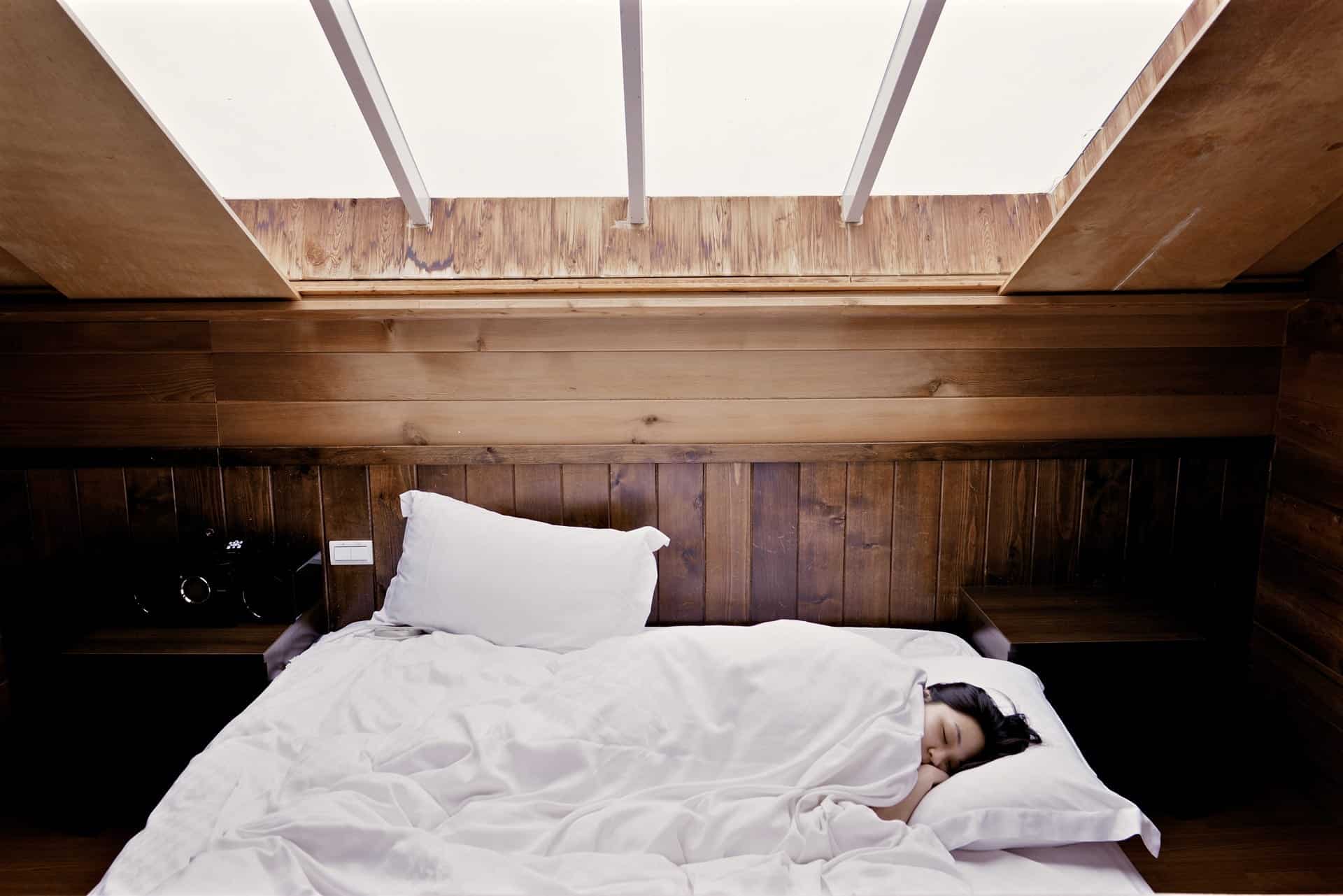Living with pain can detract from all areas of your life — spending time with your family, enjoying activities and especially sleeping. Of all chronic pain, the most common type people experience is lower back pain. In fact, up to 80 percent of the U.S. population will experience lower back pain at some point during their lives.
If you’re able to exercise and get a full night’s rest, most back pain will improve in a matter of weeks. But unfortunately, pain can make sleeping difficult or next to impossible. It then becomes a horrible catch-22. You need rest to recover from back pain, but your back pain makes it hard to sleep.
Don’t let lower back pain rob you of the sleep you so desperately need. There are a few things you can do to improve your sleep. Here are some tips and tricks from NJ Spine and Ortho for sleeping with back pain that could help you lull off to dreamland, leaving your pain behind.
What Causes Lower Back Pain?
There are a number of reasons for lower back pain. The majority of reasons are not serious, often caused by our lifestyle habits. Some of the most common causes of lower back pain include:
- Pulled or torn muscles or ligaments
- Poor back posture
- Stress
- Improper sleeping position
- Sports or activity injury
- Back sprain
- Repetitive movements over time
- Damage to the intervertebral discs
- Nerve compression
- Improper spinal joint movement
- Aging
- Pregnancy
- Medical conditions, like scoliosis
Most lower back pain will resolve in about six weeks without you having to seek medical help. However, 10 to 12 percent of people seek medical attention for their lower back pain if it doesn’t resolve naturally.
9 Tips to Sleep With Back Pain
Sleep is the best remedy for back pain. A good night’s rest will make it easier for your body to recover naturally. If you’re finding it difficult to sleep because of the pain in your lower back, there are a few things you can try, from changing your sleeping position to optimizing your relaxation before bedtime.
No matter what you do, remember that alignment is key. When you sleep, you should focus on the alignment of your spine. You can do this by making sure your ears, shoulders and hips are lined up. If there are gaps between your body and the bed, use pillows to take away undue pressure. When you turn, keep your core tight. Twisting and turning can wrench your back.
Try These Sleeping Positions
- On your side with a pillow between your knees: Either lying on your left or right side, allow that entire side of your body to make contact with the mattress along with your shoulder. Place a pillow between your knees. This helps keep your hips, pelvis and spine in alignment. And if there’s a large gap between your waist and the mattress, place a small pillow there as well. Be sure to switch sides occasionally to prevent muscle imbalance.
- In the fetal position: Lie on your side. Gently tuck your knees toward your chest and curl your torso around them. This position opens the space between your vertebrae.
- On your stomach with a pillow under your abdomen: Although sleeping on your stomach can aggravate back pain because of added stress to your neck, this position is good for those who commonly sleep on their stomachs. When you lie on your stomach, add a pillow under your pelvis or abdomen to take the pressure off your back. You may not need a pillow under your head.
- On your back with a pillow under the knees: Lie as flat on your back as you can and place a pillow underneath your knees. The pillow will maintain the curve to your lower back. A small rolled-up towel placed under your lower back may also add some needed support. Sleeping on your back evenly distributes your weight, so you’re not putting added pressure on certain parts of your body.
- Make a Sleep Schedule: Regulating your sleep habits — both when you go to bed and when you wake up — will help your body fall into natural sleep patterns.
- When You Get Up: When it’s time to get up from bed, don’t just hop up. Take it nice and slow. Roll to your side and bend your knees. Then drop your legs over the side of the bed and place them on the floor. Scoot to the edge of your bed and use both arms to help you up. Be sure to keep your back in a neutral position.
- Watch What You Eat: Try not to drink any caffeinated beverages afternoon. That will give your body a chance to come down from any stimulants.
- Avoid Rigorous Activities Before Bed: If you tend to work out at night, it’s best to change your routine up a bit. Try working out in the morning or early afternoon. That way, your adrenaline and body temperature will have plenty of time to come down before bed.
- Relaxation Techniques: If you have a hard time falling asleep with back pain, try some relaxation techniques about 30 to 60 minutes before bedtime. This could include:
- A warm bath
- Low-impact yoga
- Reading
- Taking a walk
- Knitting
If these tips don’t help your lower back and the pain persists, then contact the specialists at NJ Spine & Orthopedic and make an appointment for a consultation. Don’t live in pain — get help today.

